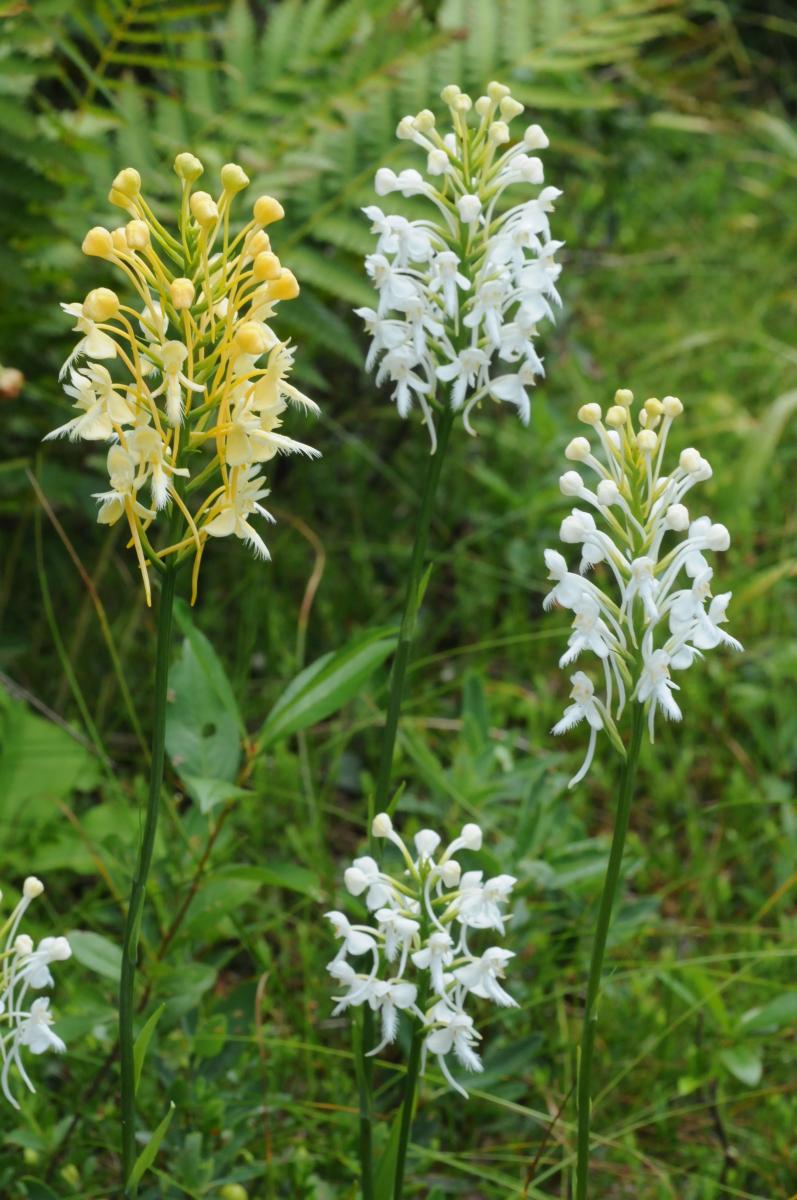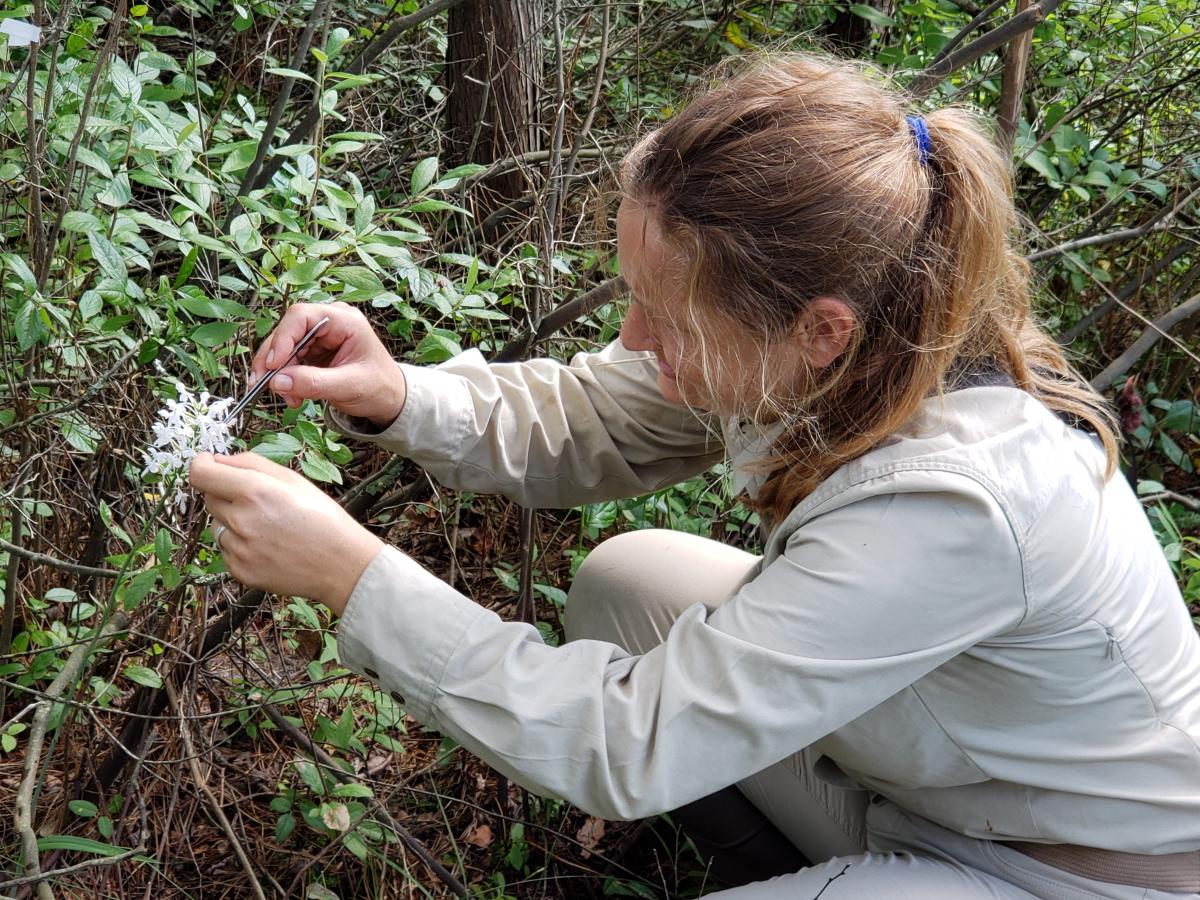Research ProjectFungal interactions and speciation in orchids
Affiliated Labs
Project Goal
This project explores how fungi contribute to speciation and diversification in the orchid genus Platanthera and investigates how preferences for fungal use are inherited by studying parent species and their hybrid offspring.
Description

All orchid species form symbiotic relationships with fungi and depend completely on the exploitation of specific fungi for germination. Most species remain associated with fungi as adults as well. While some orchid species require a single specific strain of fungus for germination and growth, other species can use a broader, but still limited, range of fungi. Specialization to specific symbiotic partners can contribute to speciation mechanisms, and symbiotic relationships are predicted to be a major factor for the diversification and evolution of the involved partners. Despite the recognized importance of fungi to orchids, there is still very limited knowledge on the evolution and inheritance of species-specific fungal preferences.
In this project, we use hybrid complexes in the terrestrial orchid genus Platanthera as model systems to explore the role of fungal use in speciation and divergence among closely related orchid taxa and investigate how preferences for specific fungal partners are inherited.
We use a combination of sequencing and fungal cultivation techniques to identify the fungal partners in a range of Platanthera species and naturally occurring hybrids and use the results to explore the evolutionary patterns of fungal use in the genus.

We investigate the inheritance of fungal use preferences by creating hybrid seeds from crosses of Platanthera species known to form hybrids and testing their germination rates with a range of cultivated fungi identified from their parent species.
The results will improve our general understanding of orchid biology and the importance of fungal partners for plant evolution and ecology. The specific knowledge on fungal preferences of Platanthera species and hybrids will be able to inform the habitat conditions needed to conserve and restore different orchids.

